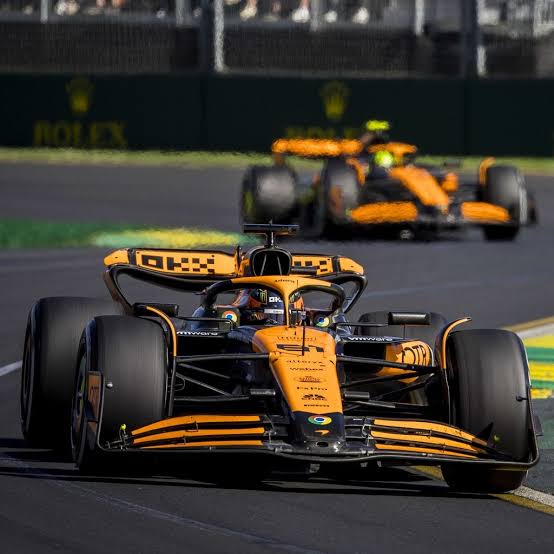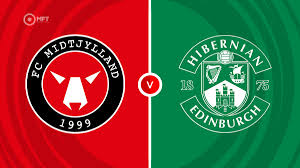If you’re new to Formula 1, you may have a few questions about the sport and how our action-packed tour of the world is staged year in, year out. Well, we’ve got you covered. In an all-in-one explainer, we take you through the basics from how the championship was formed to the circuits visited, the drivers behind the wheel and the teams involved up and down the pit lane…
As the highest class of international racing for single-seater formula racing cars, Formula 1 is the pinnacle of motorsport and the world’s most prestigious motor racing competition. There really is nothing like it.
It’s a team sport (it needs to be to change all 4 tyres on a car in under 2 seconds!), but the drivers are more like fighter pilots than sportspeople. Battling extreme g-forces, making daring decisions in the blink of an eye – and at 370km/h. To be the best, F1 drivers push themselves – and their incredibly innovative machines – to the very limit.
Drivers compete for the esteemed F1 Drivers’ Championship, while the teams fight for the F1 Constructors’ Championship and prize money based on their position at the end of the season.
Each race is known as a Grand Prix, and they’re held in incredible locations around the world. The 2025 Formula 1 calendar – a year that marks the 75th anniversary of the FIA Formula 1 World Championship – features 24 Grand Prix weekends, including six F1 Sprint races, taking place from March through December.
Driver experience ranges from multiple world champions Lewis Hamilton, Max Verstappen and Fernando Alonso, to rookie racers in their first full-time F1 seasons such as Kimi Antonelli, Oliver Bearman and Gabriel
Links >> Stream 1 HD Stream 2 HD Stream 3 HD Stream 4 HD
Bortoleto.When it comes to teams, there are those who have been in F1 since the early years, such as Ferrari (competing continuously since the very first season in 1950) and McLaren, or relative newcomers like Haas who entered the sport ahead of the 2016 season.READ MORE:
The beginner’s guide to the F1 Constructors’ ChampionshipWhere does F1 race?A total of 24 races in 21 countries across five continents are included on the Formula 1 calendar. Classic tracks such as Silverstone, Spa-Francorchamps and Suzuka, combined with more recent
additions including Las Vegas, Miami and Saudi Arabia give an exciting and varied selection of circuits that offers plenty to look forward to.Monaco, Monza, Silverstone and Spa are circuits that still feature on the F1 calendar from the very first season in 1950, although plenty of safety-based changes and track layout modifications have been made since then.


